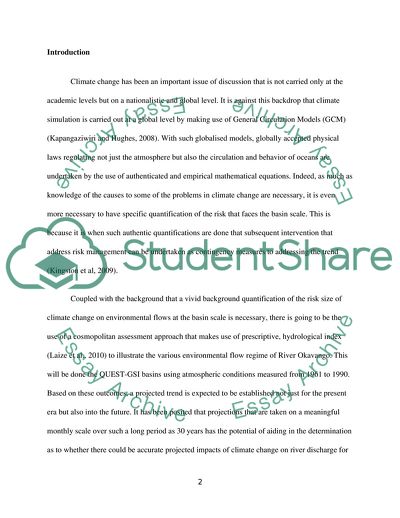Cite this document
(Impact of Climate Change on Environmental Flows at the Basin Scale Research Paper, n.d.)
Impact of Climate Change on Environmental Flows at the Basin Scale Research Paper. https://studentshare.org/environmental-studies/1795343-assessing-the-impact-of-climate-change-on-environmental-flows-at-the-basin-scale
Impact of Climate Change on Environmental Flows at the Basin Scale Research Paper. https://studentshare.org/environmental-studies/1795343-assessing-the-impact-of-climate-change-on-environmental-flows-at-the-basin-scale
(Impact of Climate Change on Environmental Flows at the Basin Scale Research Paper)
Impact of Climate Change on Environmental Flows at the Basin Scale Research Paper. https://studentshare.org/environmental-studies/1795343-assessing-the-impact-of-climate-change-on-environmental-flows-at-the-basin-scale.
Impact of Climate Change on Environmental Flows at the Basin Scale Research Paper. https://studentshare.org/environmental-studies/1795343-assessing-the-impact-of-climate-change-on-environmental-flows-at-the-basin-scale.
“Impact of Climate Change on Environmental Flows at the Basin Scale Research Paper”. https://studentshare.org/environmental-studies/1795343-assessing-the-impact-of-climate-change-on-environmental-flows-at-the-basin-scale.


